Columns: characteristics, types, best models and tips for choosing
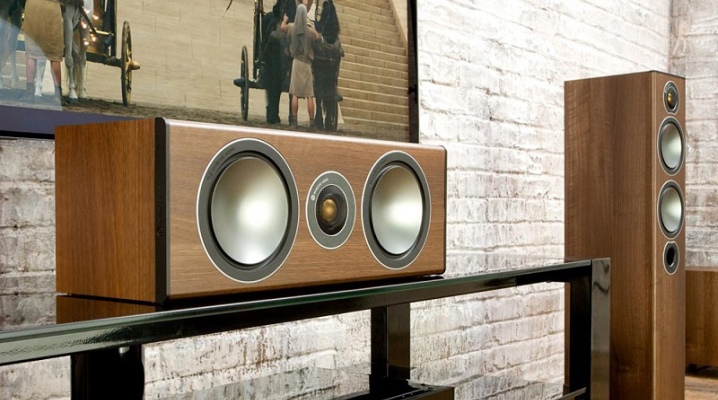
Loudspeakers are special devices that are used to transmit sound. In our article, we will take a closer look at the description of columns, their functions, popular varieties and rules for choosing the optimal model.
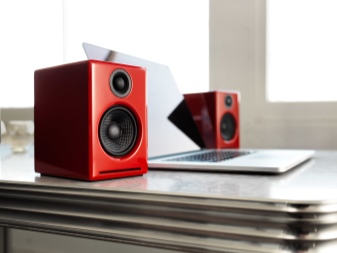
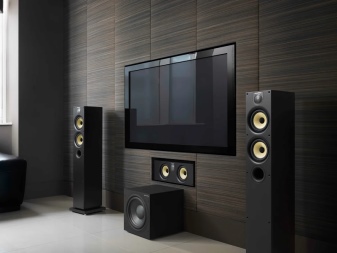
What is it and what is it for?
Music speakers are additional devices needed to transmit and amplify audio recordings. Almost all devices other than PCs work with built-in speakers, however, there are no pre-installed output systems on the computer, so they require speakers. In addition, music installations such as home theaters also need speakers - it is believed that manufacturers artificially create the need for speakers, making the built-in speakers weak.
The main advantage of the speakers is the volume of sound reproduction, as well as their versatility. The same devices can be connected to a computer, laptop, tablet, radio, TV or mobile phone.
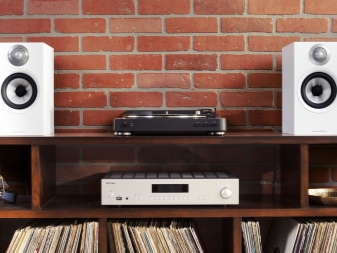

Device and principle of operation
Any column is designed so that its layout includes several basic elements:
- speakers - they are responsible for the range activity of the sound;
- case - it is in it that one or more speakers are located;
- correction circuits to reduce interference and noise;
- additional control details - for example, playback volume indicators.
Some loudspeaker systems are designed with an audio amplifier. The principle of operation of the speakers is simple: the signal from an external source is amplified many times to the specified power and transmitted to the built-in speakers. In the process of their work, resonance arises, due to which sound is formed.

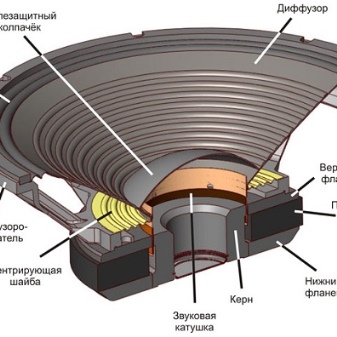
What are they?
Not all speakers are the same; they can vary in design, size, and functional use. Let us dwell in more detail on the main types of such devices.
By the presence of a built-in amplifier
Columns can be active or passive. Active devices contain a built-in block that processes the audio signal coming from the player to the speaker - it consists of the speaker itself and the amplifier. Using such a device allows you to adjust the strength of the signal in the speaker. TSuch acoustics are connected to the carrier through wires, this sometimes causes inconvenience, however, due to the direct connection of the amplifier to the speaker, the sound reproduction quality is much higher.
The heating of the elements of such audio systems is much lower, which ensures a long period of operation. These speaker models are commonly used for small audiences and home listening.

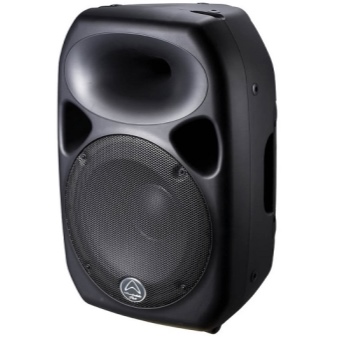
There is no built-in amplifier in passive speakers, in fact, they are the most ordinary speakers. The difficulty is that the same speakers can produce different sounds - it depends on the characteristics of the amplifier. Ideally, it should match the speaker in terms of its power parameters, otherwise the acoustics quickly fail.
Such equipment is popular in the professional field, their main advantage is that they can be installed at a distance from the control system, for example, far from the stage.
From the disadvantages of the product, one can note the rapid heating of electronic parts due to the increased power during operation.
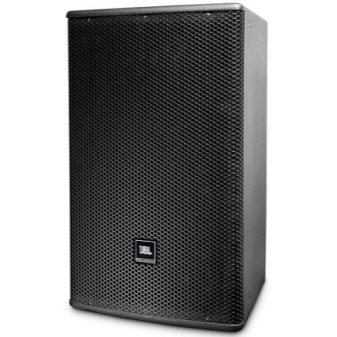
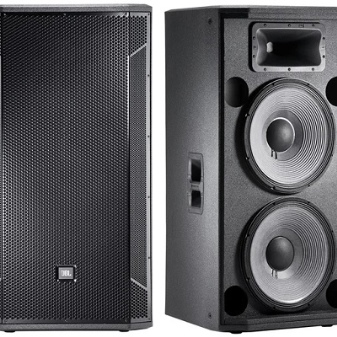
By power
Power is one of the basic characteristics of any audio equipment, it depends on how loud the audio system will reproduce sounds. The choice of a column for this criterion largely depends on the features of the equipment operation. So, to create background sound in the workplace near the computer, models with a power of up to 5 watts will be quite sufficient. In a small room, it will be correct to use speakers that give from 5 to 20 W, but for pumping a large hall or organizing a disco, it is better to choose equipment of 50 W or more.
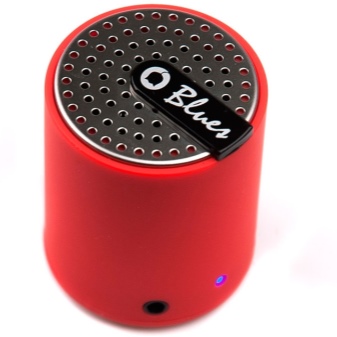
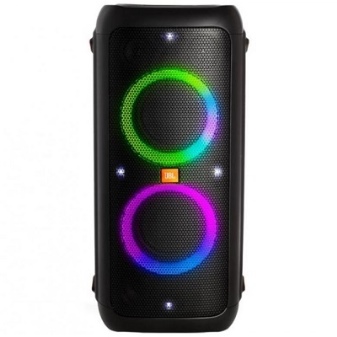
By size and shape
Modern columns have a variety of geometric solutions, they can be represented by such forms.
- Regular shapes with pronounced angles are parallelepipeds and cubes. The square design has been found to improve sound quality.
- Geometric models with rounded corners - trapeziums and pyramids, usually this shape has more design value.
- Oval or round - the spherical column is optimal for playing audio recordings in wideband format.
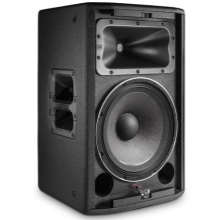
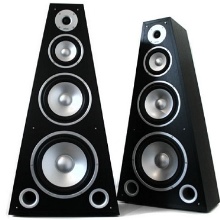
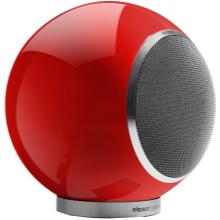
By the number of channels
Depending on the number of channels, speakers can be single or multi-channel. Single-channel in their work use only one audio output device. This is a good option with an affordable cost. However, such speakers do not provide a three-dimensional effect. Multichannel - such systems include several speakers at once under a common control system.
They are indispensable when you need to change the sound quality and superimpose interesting audio effects to create the effect of presence.
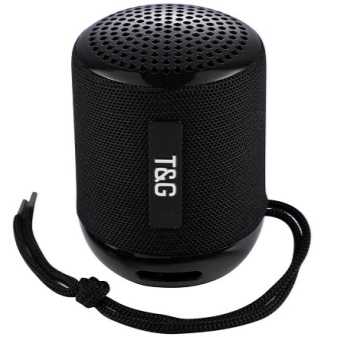
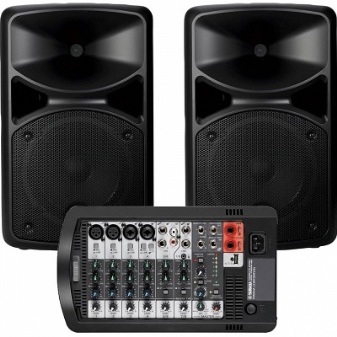
By the number of stripes
In order for the sound column to reproduce a large frequency range and at the same time provide high quality sound reproduction, several speakers are installed in it, operating in different ranges. Depending on their number, the speakers are one-, two- and three-way. In order for the speaker to "understand" which of the speakers should deliver the sound, crossover filters are inserted into it, which cut the signal to the range required by each speaker.
In a sense, the number of bands indicates how many speakers are built into the speaker, however, this is fully true only as far as single-way systems are concerned. In a two-way, for example, there can be not only 2 speakers, but also 3. In the first case, the low frequencies are fed to one speaker, and in the second - to two at once.
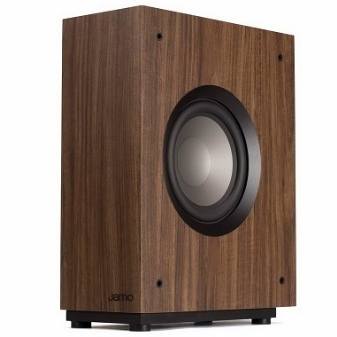
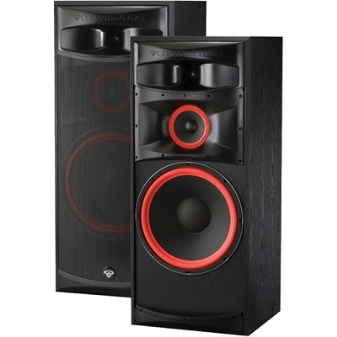
Acoustic design
The acoustic design of the case is designed to solve the problem with unnecessary sounds from the back of the equipment. This signal is formed in antiphase to the base sound; in the absence of a closed housing, it connects to it and is significantly attenuated. The simplest solution to the problem is a sealed case, its inner surfaces are sheathed with sound-insulating material, due to which the sound is simply muffled. At the same time, an air cushion is formed behind the speaker, which smooths out all sudden movements of the cone and thereby helps the equipment withstand increased loads.
Of the minuses of this solution, it can be noted that a rather significant part of the power simply goes to waste: the sound is invited, therefore, with equal power characteristics, the speakers in such cases will sound quieter. Bass reflex housing assumes sound output through a pipe. In this case, the wave from the rear surface of the diffuser is transferred to the holes in the same phase as the base wave from the front panel.
Thus, the sound is amplified many times over, and the speaker power is used more efficiently.

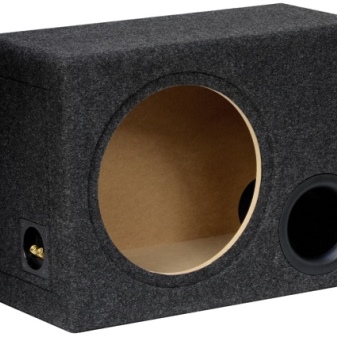
The wavelength directly depends on the frequency, therefore the bass reflex effect is noticeable only in a low range - usually at low frequencies.Thus, the solution allows you to slightly widen and deepen down the frequency parameters of the speakers. Horn acoustics are usually used in combination with other types, although 100% horn models can be found commercially. The overwhelming majority of experts are very skeptical about such designs - there are several reasons for this:
- technological and design complexity, respectively, increased requirements for the quality of equipment assembly;
- the features of the waves of horn acoustic systems make the volume of sound reproduction rather low;
- the dynamic range of such systems is low.
Horn designs provide a wide range of characteristic overtones. However, some audiophiles like this sound and take it as an advantage.
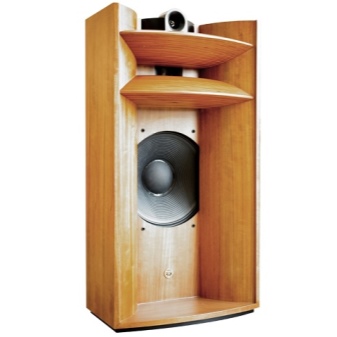

By connection type
Depending on the connection method, wired and wireless speakers are distinguished. The easiest option is a wired system. In this case, a cable is used to provide communication between the device itself and the speakers, however, this ties the equipment to the audio carrier, reduces mobility and creates significant restrictions on the placement of speakers. Such models are considered obsolete these days.
Wireless speakers are a more modern option. As a rule, the speakers are connected via bluetooth, Wi-Fi or special chip files. This method is more convenient, but requires high energy costs.
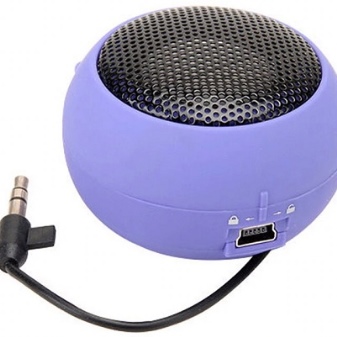

By body material
The sound of the sound is largely dependent on the material from which the speaker cabinet is made. The "body" of an acoustic installation must be dense in order to provide the necessary level of reflection and absorption of waves at different frequencies. Such materials can be used for the manufacture of columns.
Wood. The best material for creating acoustic installations, but also the most expensive. Solid wood is usually in demand for creating products of the elite category - this is due to the high labor intensity of the process. The wood must be carefully selected even at the cutting stage, after which it must dry for a long time in natural conditions.
Most of the manufacturing operations are performed manually, so not every customer can afford such columns.
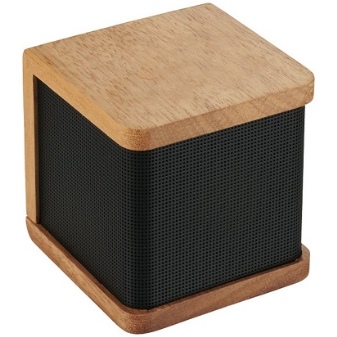
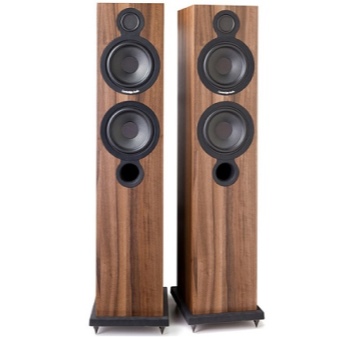
For the production of more budgetary models, chipboard is used. Chipboard perfectly dampens all sound vibrations, but at the same time passes sounds through itself. Chipboard is cheaper than wood, but this is far from the only advantage of the board. The material is characterized by increased density, which allows to achieve a significant reduction in body resonances. The problem of delamination of the material is easily solved by treating the surface with special impregnations and enamels. Given the high acoustic characteristics and affordability, such speakers are included in the assortment list of many well-known manufacturers. Plywood is no less popular for the manufacture of speakers - as a rule, multilayer material from 12 layers is used. It has excellent sound-absorbing characteristics, is practically not prone to delamination and is light in weight. However, plywood is not cheap, so such speakers are not launched into the mass segment.
MDF Is one of the most common speaker materials. MDF is made of wood fibers dried in a special way, processed with adhesives with further hot pressing. The cladding is made with synthetic veneer. Despite the relative ease of obtaining the material, plates of medium density type are many times superior to wood in terms of resistance to moisture and mechanical damage.
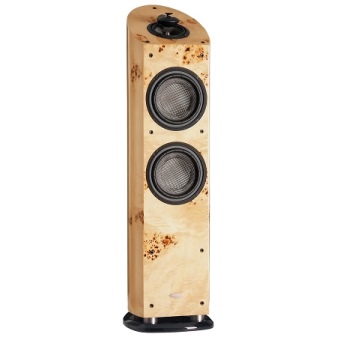
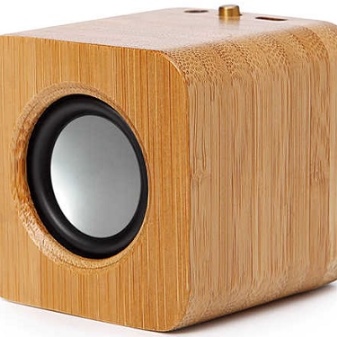
Some stereo speakers are produced made of metal, in the overwhelming majority of cases, aluminum alloys are used. They determine all the characteristics necessary for good sounding: density, as well as rigidity and lightness.According to some experts, aluminum helps to reduce resonance and thus enhances the sound at high frequencies. In order for the material not to undergo oxidation during use, it is covered with a special transparent film. All this contributes to the active growth of the interest of manufacturers of audio systems in the material, aluminum is especially common for the production of all-weather audio systems.
Perhaps the most common option is plastic, which has been around for quite some time in this industry. Low cost and the ability to produce speakers of various shapes have made it possible to organize the mass production of budget speakers.
However, the low price also entails a number of significant drawbacks - for such equipment flaws in the sound, mid-frequency resonances, as well as rattling at high and low volumes are typical.
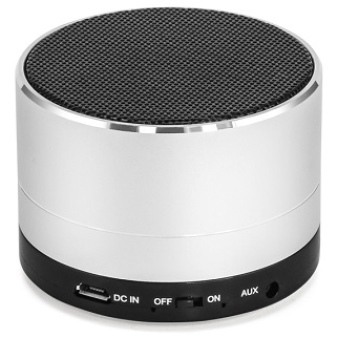
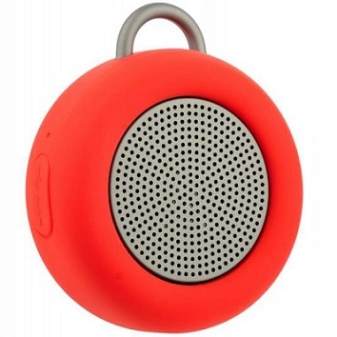
One of the most expensive materials is stone... This is not surprising, since it provides almost perfect sound reflection and the absence of vibrational resonances. Such materials are used in the production of speakers for the most demanding listeners with high financial capabilities.
The plexiglass columns have become quite an original solution. To date, only two companies have released glass products - Waterfall and SONY. This material is of great interest from a design point of view, but glass also creates some acoustic problems, in particular, the appearance of resonances. However, manufacturers have learned to cope with this problem by launching the production of reverse models.

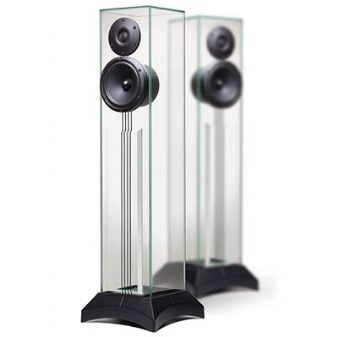
Design
As for the design, most often the columns are made in a laconic decor - they have strict geometry and restrained colors. Typically, models connected to a computer, TV and other stationary equipment are available in black, gray or white. But if we are talking about portable devices, then here the design solutions are much broader and more interesting. These columns can be red, orange, blue, turquoise and yellow.
Models for children look especially impressive, modern industry offers toy speakers, suitcase speakers, pancake speakers, alarm clock speakers, clock speakers and even backpack speakers. They can be plain or two-color, some models are even decorated with prints. Columns with color music are very popular.

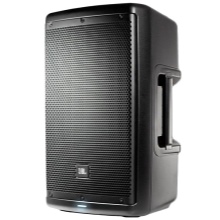
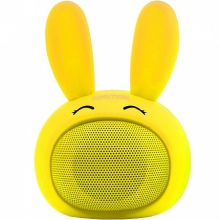
Additional functions
As you know, modern electronics are becoming more compact, so not only an amplifier, but also a built-in player, as well as devices for reading from flash drives and micro SD cards, can be easily placed in the box. Usually, audio files from external media are read through the USB port, but there are also models with card readers. Another option that is built into almost all modern speakers is the ability to wirelessly communicate via bluetooth. It is relevant in situations where you need to transfer music from a tablet or smartphone without making a wired connection.
The presence of an FM tuner, which allows you to listen to the radio, is much appreciated by lovers of good music. Some multimedia speakers are additionally equipped with the option "clock with alarm", it is noteworthy that at a given time they can emit a signal in the form of a beautiful melody. As for portable speakers, some of them can be used as a mobile phone - in this case, the signal from the smartphone is transferred to the speaker, and the user can talk peacefully without taking up his hands. This option is especially useful when you want multiple people to take part in a conversation.
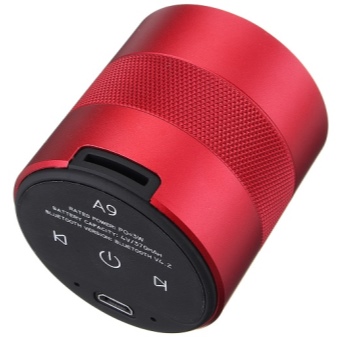
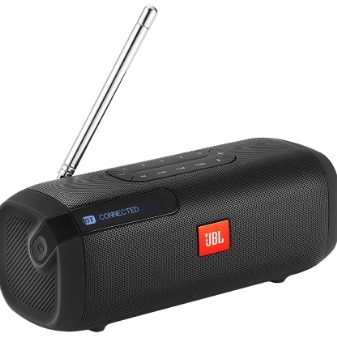
Manufacturers
Almost every well-known manufacturer offers not one, but several speaker options with different functionality.The speakers can be flat, with a handle, on wheels, there are pendant, table and levitating models, as well as low-frequency or bass, products with an optical input, batteries, rechargeable batteries and wired. It is rather difficult to make a choice in favor of any particular model. Experts recommend focusing on choosing a specific brand with a reliable reputation and good user reviews. To date, the following brands are recognized as the best.
- Yamaha. The Japanese company, known all over the world since 1887. The audio systems of this brand are characterized by high technical and operational parameters and stylish design. The range of models offers floor, shelf and ceiling options, all of them are compact, but at the same time they have a powerful sound.
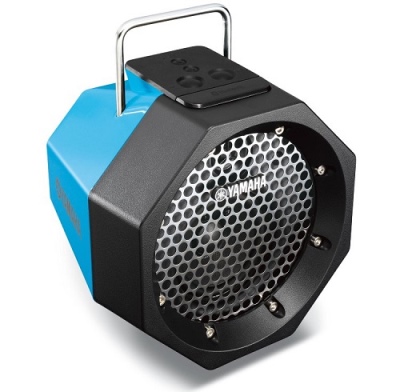
- Canton. This German company has been operating since 1972. The main concept of the manufacturer is to produce room speakers with impeccable sound and wide functionality. In recent years, the company has focused on Bluetooth systems, as well as high-end wireless systems and IP speaker systems.

- Heco. Another German manufacturer that produces speakers in accordance with the strictest world quality standards. The products of this brand confidently occupy leading positions in the TOP lists and ratings due to their favorable price / quality ratio. The latest models of this brand have conquered the market with clear reproduction of sounds at different frequencies and exceptional sound realism.
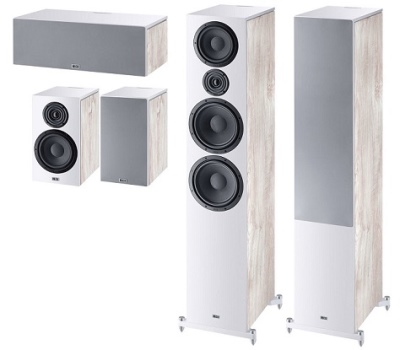
- Dali. A relatively young Scandinavian brand. Despite the fact that the company was founded only in 1983, its name has already become well recognized among music lovers due to its high sound quality and flexible pricing policy.

- Pioneer. A world-famous company, registered in Japan in 1938. Today, the brand name has rather become a household name, which is associated with electronics and technology of the highest quality.

- Mackie. Manufacturer from the USA, operating in the audio systems market since 1969. Engaged in the production of acoustic systems, as well as digital and analog mixers, sound cards and other accessories. The main slogan of the company is “sound as you understand it”. Each product is manufactured with particular emphasis on its reliability and functionality.
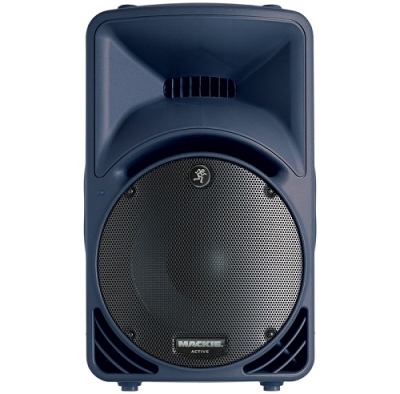
- JBL. The absolute leader in the handheld portable speaker market. The American company has been operating since 1946. During its existence, it has presented a huge number of different series of acoustic systems, so the assortment list includes both premium models and fairly budget products.
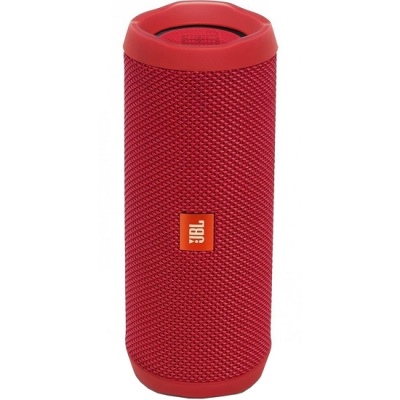
- APart. Belgian manufacturer with more than 2 decades of experience. The company specializes in the production of complex sound speakers. All manufactured products are supplied to over 80 countries of the world.
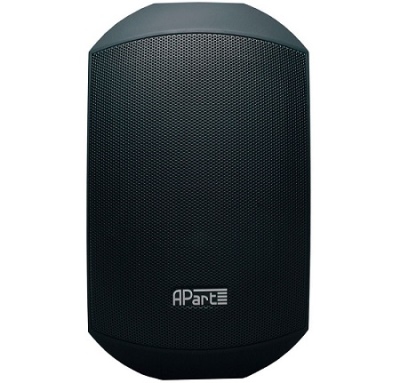
How to choose?
The vast majority of speakers are universal audio options. Accepted standards allow you to connect the same devices to both a PC and a TV with a player, and even use at parties. But given the difference in operating conditions, the speakers are divided into several categories. Mobile equipment powered by a USB port is traditionally used to connect to a tablet or laptop, and they can also be installed on a bicycle. Such stereo speakers cannot boast of high sound quality, but if the volume of the built-in audio system is not enough, then the speakers will be able to solve the problems with sound reproduction in small rooms. The main advantage of such models is their affordable cost.
For home and play equipment, the requirements are slightly higher - it is not uncommon for the presence of additional speakers and subwoofers to achieve surround sound. Audio speakers for hi-fi home computers often contain additional satellites, have a fairly wide frequency range and high power. Accordingly, their cost is quite high.
If you can afford to pay for quality sound, then you can look at portable models - they provide deeper sound while maintaining mobility.
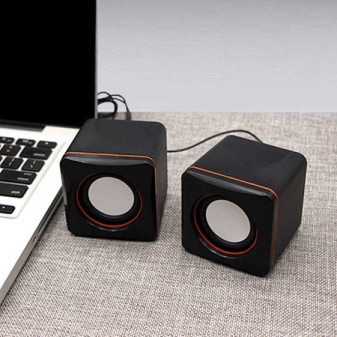
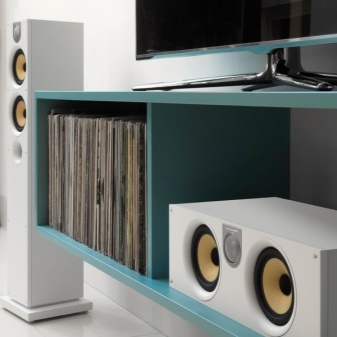
In the next video, you will find a comparison of budget speakers Microlab, Edifier and Sven.













The comment was sent successfully.